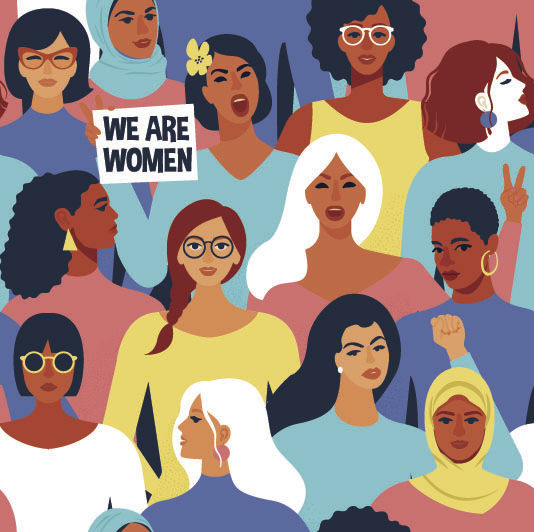Editorial: Women’s equality still has long way to go

women’s equality
March 7, 2019
This year’s theme for International Women’s Day is #BalanceforBetter.
The idea behind it is to see balance as more than “women’s issue” but as a business issue.
“The race is on for the gender-balanced boardroom, a gender-balanced government, gender-balanced media coverage, a gender-balance of employees, more gender-balance in wealth, gender-balanced sports coverage,” according to the International Women’s Day website. “Gender balance is essential for economies and communities to thrive.”
So, in 2019, what is the state of women? It’s a heavy question.
In many ways, women are excelling. They make up nearly a quarter of the United States Congress — 127 out of the 535 members, the most women in history to be elected to public office.
This is in comparison to 1917 — the 65th Congress — in which Jeannette Rankin became the first woman to serve in the U.S. House of Representatives.
But the equality of women cannot be measured just by their growing representation in elected office, but in the workplace, in the home and from a cultural and socioeconomic standpoint.
To that effect, women of color and women in the LGBTQIA+ community, as well as trans women of color, are still fighting for fundamental human rights.
More than 7,000 hate crimes were reported in 2017 in the United States — 1,130 based on the basis of sexual orientation and 119 affiliated with gender identity, according to the Human Rights Campaign.
Women also still make less than their male counterparts.
In comparison to white men, white women make 77 cents to their dollar, black women make 61 cents and Latina women make just 53 percent, according to the American Association of University Women.
This is all just in America. At a universal level, women still bear the brunt of child care and oftentimes face extra responsibility in terms of household management. Many women are perceived as lesser than, or as if their achievements or pleasure should be sidelined because of they sex they were born with.
Many girls and women today still live with the fear — and consequences — of female genital mutilation, FGM. According to the World Health Organization, more than 3 million girls are estimated to be at risk for FGM on an annual basis.
“More than 200 million girls and women alive today have been cut in 30 countries in Africa, the Middle East and Asia where FGM is concentrated,” writes the World Health Organization.
Additionally, many women are still prohibited from obtaining an education.
In a report on “Today’s challenges for girls’ education” by the Brookings Institution, there are about 80 countries where progress on girls’ education has stalled in not meeting the Millennium Development Goals.
“They are stuck in an education bog—still struggling to enroll all girls and boys in primary school and close the gender gaps between boys and girls at both the primary and secondary levels,” according to the report. “There are an additional 30 countries that have successfully enrolled girls and boys in primary and secondary education but are trapped in low-quality learning.”
Educated, healthy and successful women is good for the economy. It is good for women and it is good for equality. But even in 2019, there’s still a long way to go and the heavy lifting should not fall solely on the shoulders of women.






